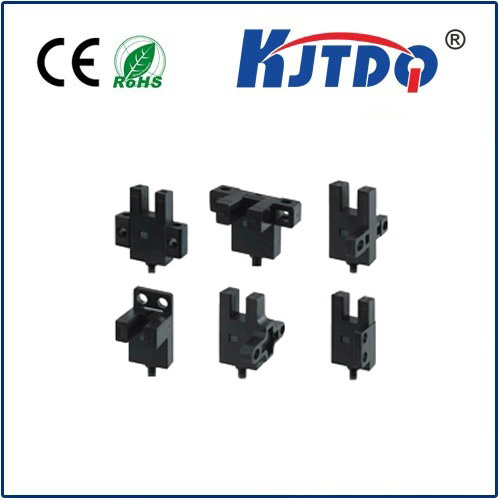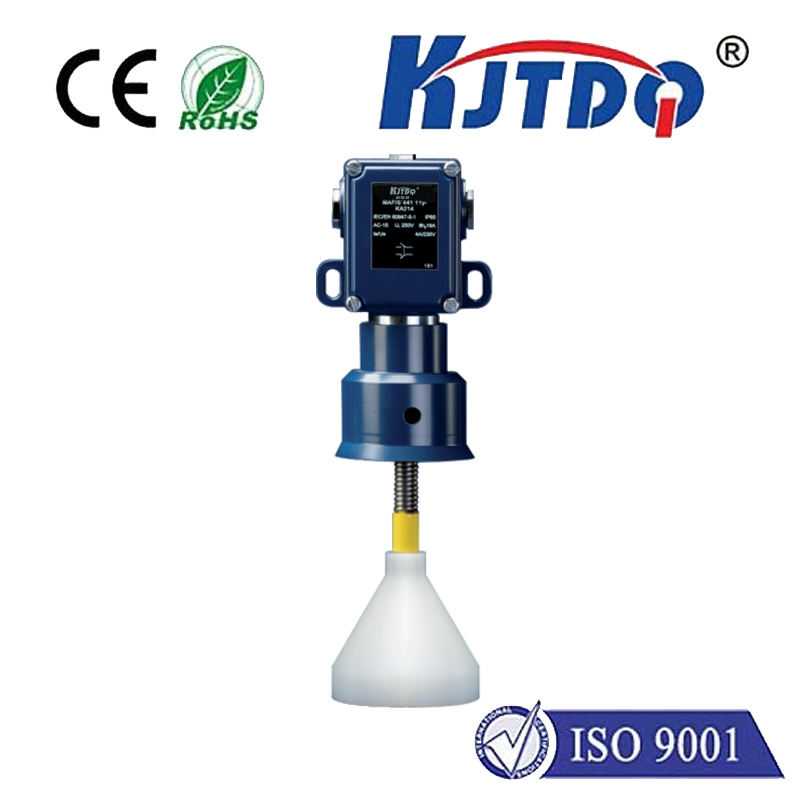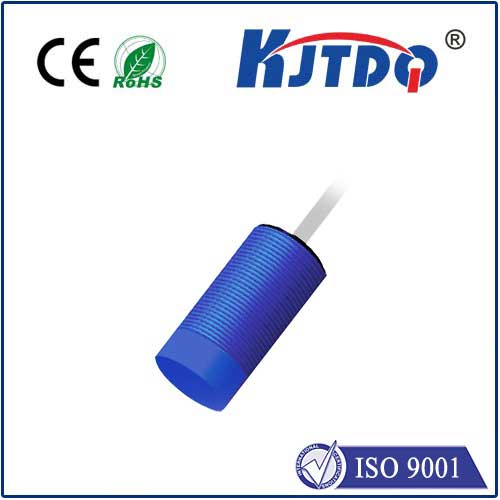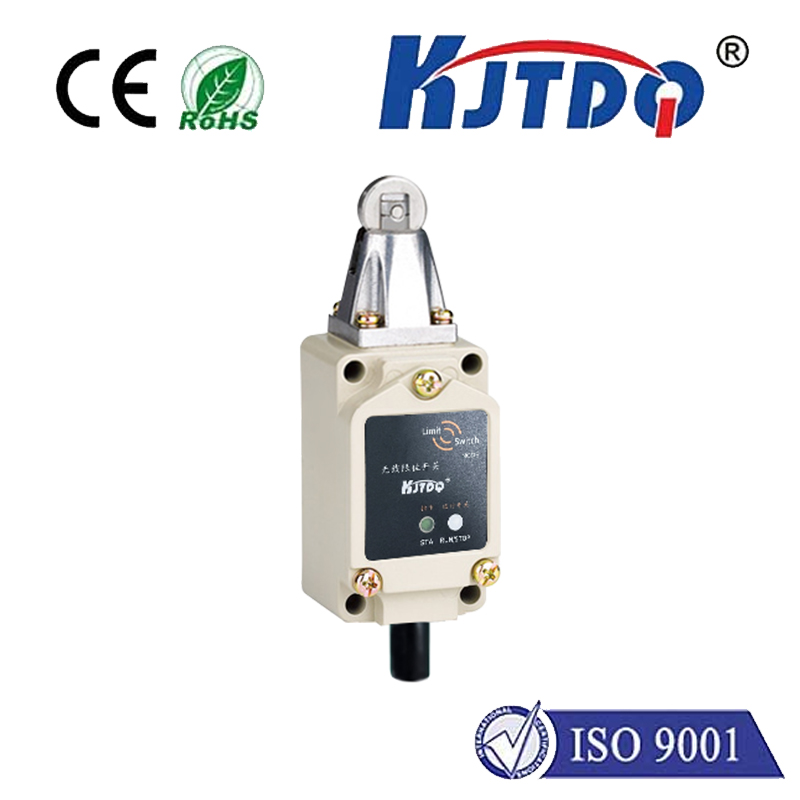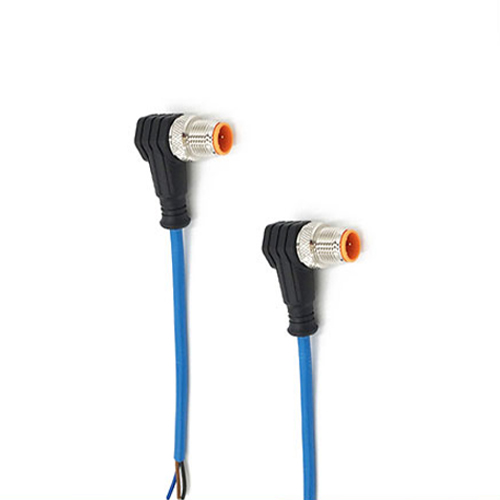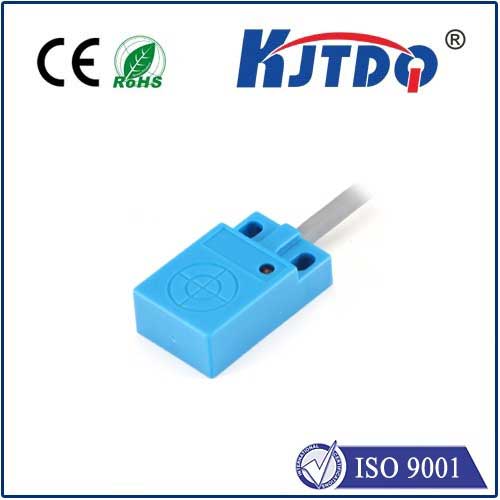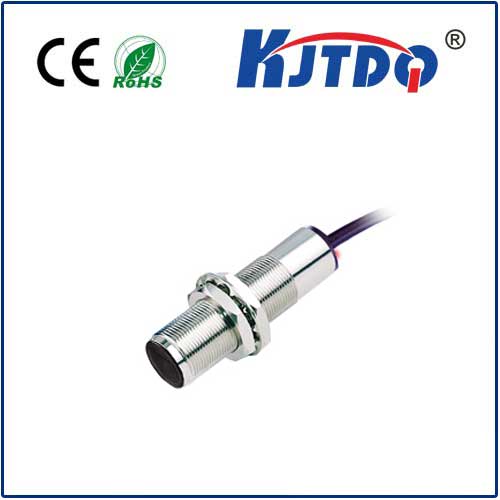
Exploring the Versatility of 120V Proximity Switches: A Guide for Modern Applications In the realm of automation and control systems, proximity switches serve as crucial components that detect the presence or absence of objects without physical contact. Among these sensors, the 120V proximity switch stands out for its compatibility with standard North American electrical systems, making it a popular choice in various industrial and commercial applications. This article delves into the functionality, benefits, and diverse applications of 120V proximity switches, shedding light on why they have become an indispensable tool in modern automation technology. Understanding 120V Proximity Switches A 120V proximity switch is a type of electronic sensor designed to operate within a voltage range compatible with most household and industrial power supplies in the United States and Canada. Unlike traditional mechanical limit switches, proximity switches utilize electromagnetic fields, capacitive effects, or optical principles to sense target objects from a distance. This non-contact operation not only prolongs the lifespan of both the switch and the detected object but also minimizes wear and tear, ensuring reliable performance even in harsh environments. Основные функции и преимущества One of the primary advantages of 120V proximity switches lies in their versatility. They can detect a wide array of materials, including metals, plastics, wood, liquids, and even some transparent materials, depending on the sensing technology employed (inductive, capacitive, or photoelectric). Their ability to withstand dust, moisture, and extreme temperatures makes them suitable for outdoor use and harsh industrial conditions. Moreover, these switches often feature adjustable sensing distances and output options (such as NPN, PNP, or relay), allowing for easy integration into existing control systems. Межотраслевое применение The adaptability of 120V proximity switches has led to their widespread adoption across multiple sectors:
